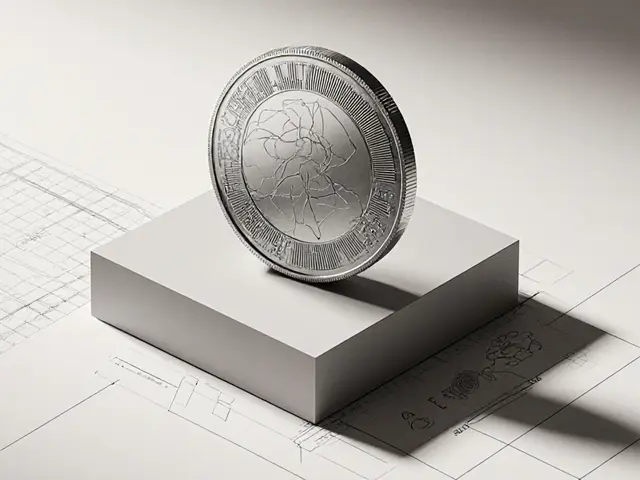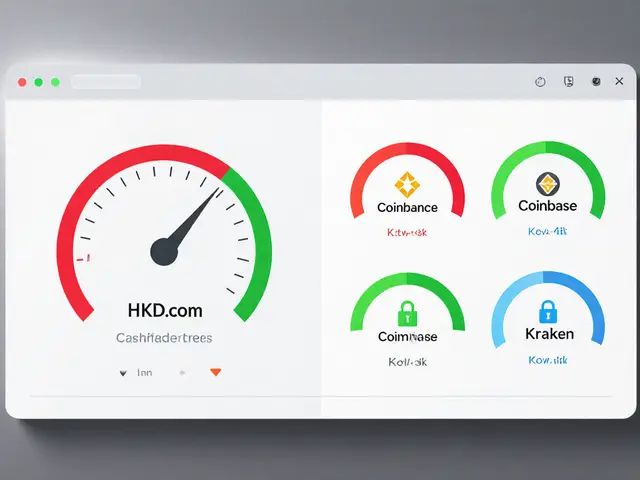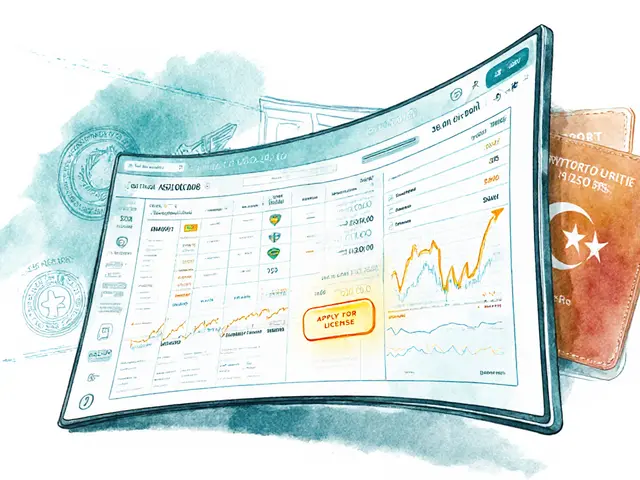Crypto Asset Forfeiture Explained
When dealing with Crypto Asset Forfeiture, the legal process where courts or government agencies take control of cryptocurrency holdings as a penalty, evidence, or for public interest. It’s also called digital asset forfeiture. Understanding this process helps you see why your wallet might get frozen and what steps you can take next.
The Crypto Asset Forfeiture landscape is shaped by a few key players. Cryptocurrency seizure, the act of physically or digitally taking crypto tokens from an owner is the core action. Government regulations, laws that define when and how digital assets can be confiscated set the rules. Digital asset recovery, processes that allow rightful owners to retrieve seized crypto after legal review offers a way out. Together they form a chain: regulations trigger seizure, which then may lead to recovery.
Why does this happen? Authorities use crypto asset forfeiture to combat illegal activities such as money laundering, fraud, and sanction evasion. Anti‑money laundering (AML) programs AML enforcement, the set of measures that detect and report suspicious crypto transactions often provide the evidence needed for a seizure. In turn, the seized assets can fund victim restitution or bolster government budgets.
If you’re an investor, the first thing to check is whether your exchange complies with local laws. Many platforms have built‑in compliance tools that automatically freeze accounts flagged by law‑enforcement. Knowing your exchange’s policy can prevent surprise lockups. Also, keep detailed records of how you acquired each token—purchase receipts, transfer logs, and KYC documents. These records become crucial if you need to prove legitimate ownership during a recovery claim.
When a seizure occurs, the typical workflow looks like this: a court order is issued, the exchange or wallet provider blocks the address, and the assets are moved to a government‑controlled wallet. Some jurisdictions allow a “cold storage” holding period before the assets are auctioned or destroyed. During this window, owners can file a petition for return, often requiring legal counsel and proof of innocence.
There are notable differences across regions. In the United States, the Department of Justice treats crypto like any other property, so forfeiture follows the same rules as cash or real estate. In the EU, the focus is on tracing the flow of funds and applying FATF guidelines. Asian regulators, especially in Japan and Singapore, tend to work closely with exchanges to enforce seizure orders quickly. Understanding these regional nuances helps you gauge the risk level of holding assets in various jurisdictions.
Beyond legal battles, there are practical steps you can take to lower exposure. Use hardware wallets for long‑term storage—these are offline and harder for authorities to access without a private key. Diversify across chains and custodians so a single seizure doesn’t wipe out your entire portfolio. Finally, stay informed about policy changes; new AML rules or sanction lists can trigger sudden enforcement actions.
Below you’ll find a curated set of articles that dive deeper into each aspect of crypto asset forfeiture. From detailed case studies of government seizures to step‑by‑step guides on filing recovery claims, the collection gives you the tools you need to navigate this complex space.
Crypto Asset Forfeiture Rules in Nepal 2025
Learn how Nepal enforces its crypto ban through asset forfeiture, the legal framework, penalties, and practical steps to avoid severe criminal consequences.
View More




